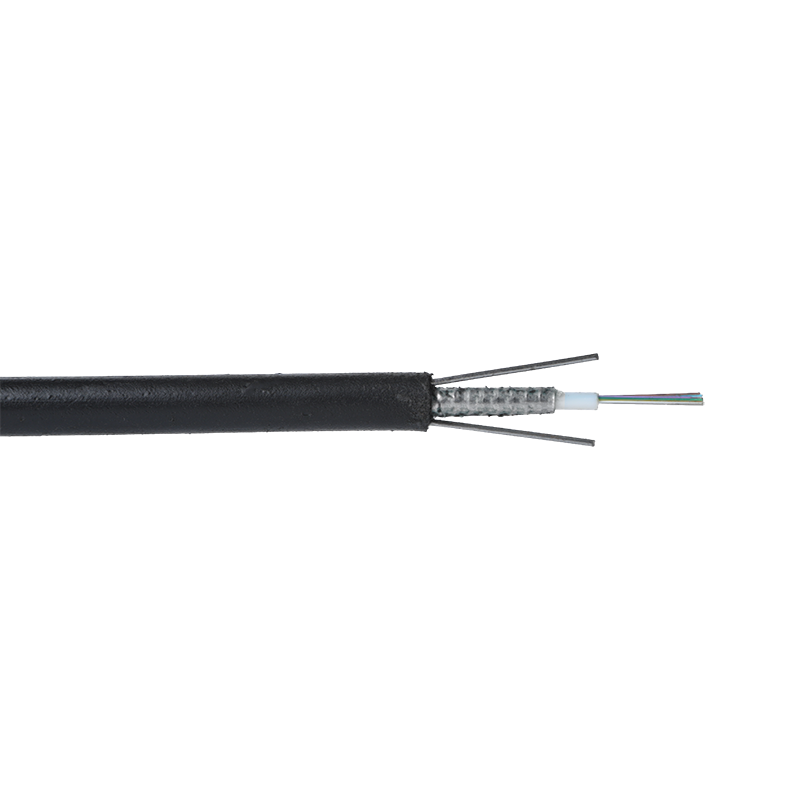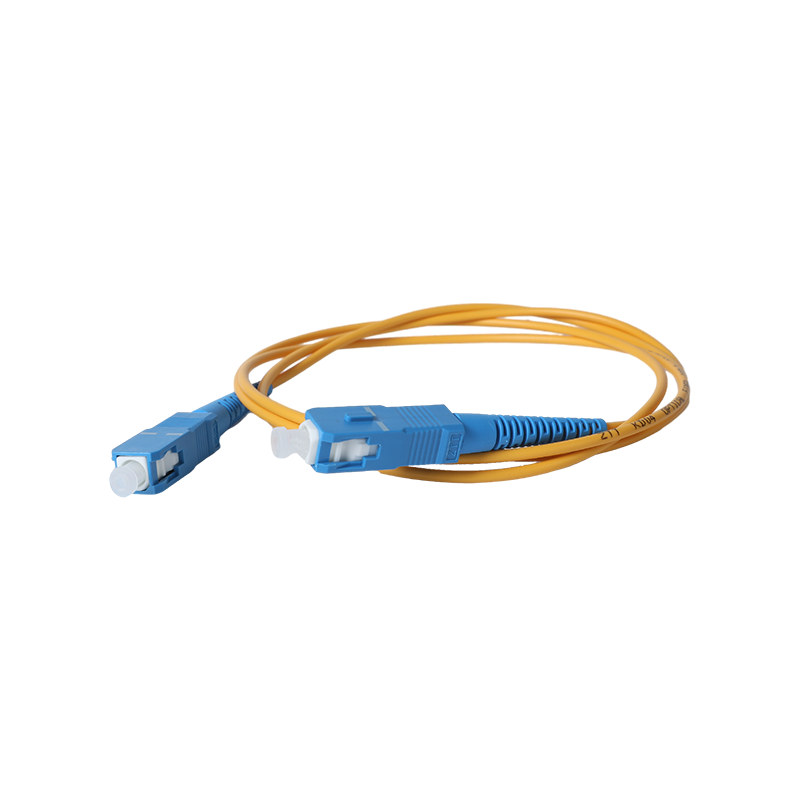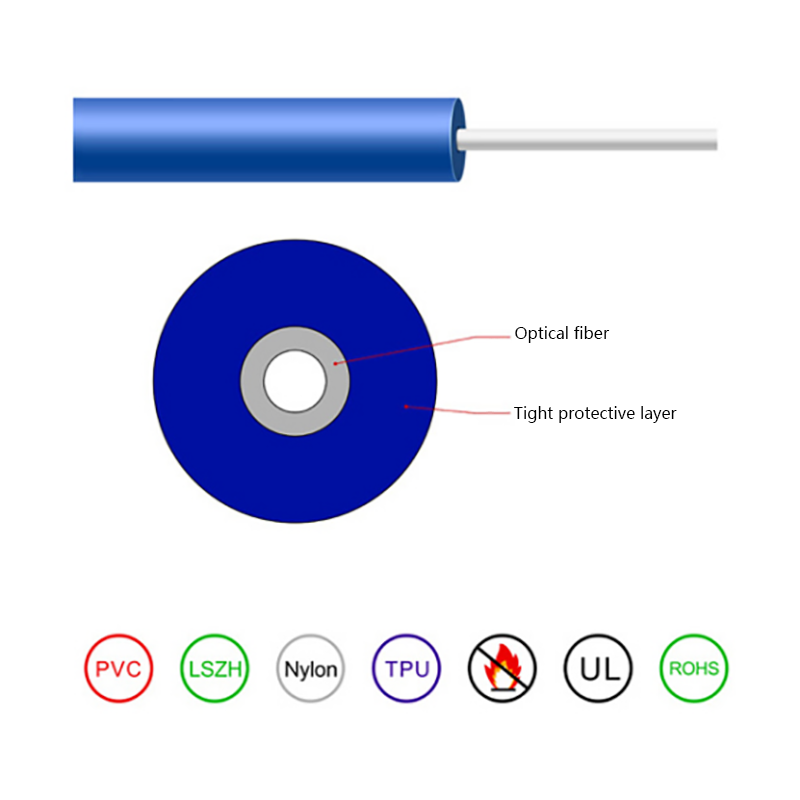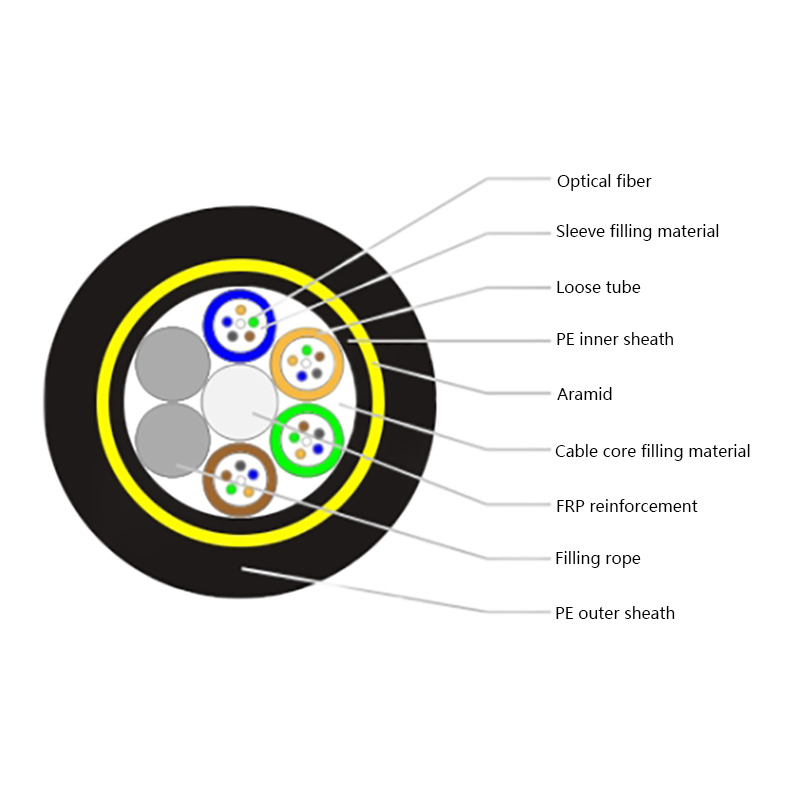How do optoelectronic composite cables support data transmission in high-speed networks?
In the ever-evolving world of high-speed data transmission, the demand for faster, more reliable connections has spurred the development of advanced technologies. Among the most significant innovations in this field are optoelectronic composite cables. These cables, which integrate both optical and electrical components, are designed to overcome the limitations of traditional copper wiring and fiber optics. Their hybrid nature enables them to offer unprecedented performance, supporting the growing requirements of high-speed networks.
Optoelectronic composite cables combine the best features of electrical and optical transmission. By seamlessly merging copper for electrical conductivity with fiber optics for light-based data transfer, these cables are poised to redefine the landscape of data communication. But how exactly do they facilitate the transmission of data in high-speed networks? The answer lies in their unique construction and the interplay of the materials used.
The Mechanics of Optoelectronic Composite Cables
At their core, optoelectronic composite cables feature a core of optical fibers surrounded by electrical conductors. This structure allows them to transmit data through light pulses for high-speed, long-distance communication, while also enabling the delivery of power to network devices, such as routers or switches, through electrical conductors. The optical fibers within the cable are capable of transmitting data at incredibly high speeds, leveraging the nearly limitless bandwidth of light. Meanwhile, the copper conductors handle lower-speed, power-related data, ensuring that devices are powered efficiently without interference from the optical signals.
The optical portion of the cable works by sending data in the form of light pulses through the fiber, which is immune to electromagnetic interference (EMI). This property is particularly crucial in environments where signal degradation from external sources can impact data integrity. On the other hand, the electrical component ensures that even remote devices that require power—without the need for additional cables—can operate smoothly.
Reducing Latency and Enhancing Efficiency
One of the key advantages of optoelectronic composite cables in high-speed networks is their ability to reduce latency. Latency, or the delay in data transmission, is a critical concern in real-time communications such as video conferencing, online gaming, and cloud computing. By integrating both optical and electrical components, these cables optimize the speed of data transfer while minimizing delays, offering a seamless experience for users across applications.
The hybrid nature of these cables also enhances overall network efficiency. As networks demand greater bandwidth to support increasing data traffic, optoelectronic composite cables offer an effective solution to maintain high throughput rates. With the optical component handling the bulk of the data transmission over long distances and the electrical component managing power distribution, networks can operate at peak performance levels, even as they scale.

Applications in High-Speed Networks
The versatility of optoelectronic composite cables makes them ideal for a wide range of applications in high-speed networks. In data centers, these cables are used to connect servers and switches, facilitating rapid data exchange with minimal latency. Their resistance to EMI ensures that signals remain stable, even in environments filled with electromagnetic noise. Moreover, they can significantly reduce the need for multiple cables, consolidating both power and data transmission in one robust solution.
In telecommunications, optoelectronic composite cables have found a critical role in the backbone infrastructure. As 5G and beyond demand higher bandwidth and faster data rates, these cables are poised to support the rapid data transfer necessary for modern wireless communication systems. By reducing the complexity of network installations and improving the reliability of data transmission, they play an essential role in ensuring that high-speed networks meet the demands of the future.
The integration of optical and electrical technologies into a single cable provides a significant leap forward in high-speed data transmission. Optoelectronic composite cables offer both speed and power, enhancing network performance while reducing the need for multiple cables and minimizing latency. As the digital landscape continues to evolve and the demand for faster, more reliable connections grows, these hybrid cables will play an indispensable role in supporting the infrastructure of the future’s high-speed networks. With their ability to deliver high bandwidth, low latency, and power efficiency, optoelectronic composite cables are not just a technological advancement—they are a foundational element for next-generation data communication.



 English
English русский
русский Español
Español عربى
عربى 中文简体
中文简体




















